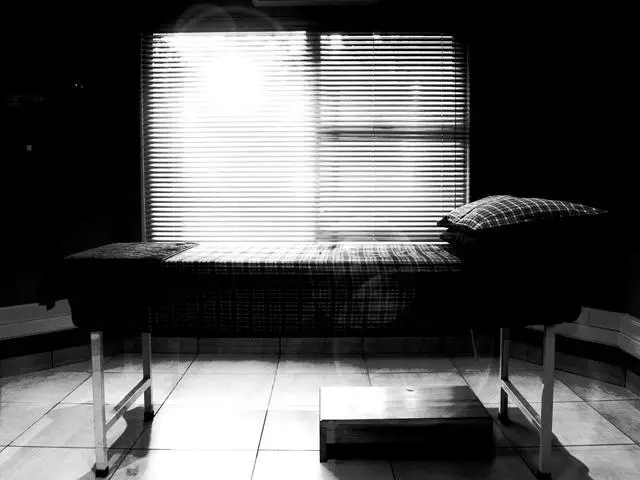
Neck Surgery Exercises – Rooms

Rustenburg, 0299
Tel: +27 (0)14 592 8322
Netcare Ferncrest/Life
Peglerae/Medicare
Tel: +27 (0)14 592 8322
Cervical Surgery
(Decompression, Fusion, Prosthesis)
PROGRESSIVE EXERCISES
Shoulder Stretches
a. Progress weekly.
b. Hold the position for 30 secs.
c. Repeat 3 times
Shoulder blade stability
a. Hold the theraband behind your back.
b. Keep your hands close together.
c. Gently pull on the theraband apart while taking your hands slightly down and backwards.
Nerve tissue mobility
a. Sit with good posture.
b. Stretch your arm out to the side, opening up your armpit to 90°.
c. Keep your elbow straight.
d. Turn your arm so that your palm faces up.
e. Bend your wrist up and down slowly.
Static strengthening
- Neck flexion
- Sit with good posture.
- Place your palm on your forehead.
- Gently press your head forward while your hand blocks the movement.
- Hold 5-7 seconds.
- Neck extension
- Sit with good posture.
- Place your palm on your forehead.
- Gently press your head forward while your hand blocks the movement.
- Hold 5-7 seconds.
- Neck rotation
- Sit with good posture.
- Place your palm on your chin.
- Gently press your chin towards your shoulder while your hand blocks the movement.
- Hold 5-7 seconds.
- Neck side flexion
- Sit with good posture.
- Place your palm just above your head.
- Gently press your ear towards your shoulder while your hand blocks the movement.
- Hold 3-5 seconds.
Deep Neck flexors
a. Lie on your back.
b. Set your shoulder blades, the same movement as in exercise 2.
c. Tuck your chin in, pulling the top of your head upwards toward
the ceiling ie make a double chin.
d. Hold for 5-10 seconds.
e. When this is comfortable, try in sitting.
Neck mobility – do not force movement into pain.
- Upper Neck flexion
- Sit with good posture.
- Tucking your chin in. (See example #5 in .pdf below)
- Slowly return to starting position.
- Upper Neck extension
- Sit with good posture.
- Push your chin forward as far as possible.
- Slowly return to starting position.
- Lower Neck flexion
- Sit with good posture.
- Look down tucking your chin towards your chest.
- Slowly return to starting position.
- Lower Neck extension
- Sit with good posture.
- Look up towards the ceiling.
- Make sure not to turn or bend your neck sideways.
- Slowly return to starting position.
- Neck rotation
- Sit with good posture.
- Turn your chin towards your shoulder.
- Slowly return to starting position.
- Neck side flexion
- Sit with good posture.
- Move your ear closer to your shoulder.
- Slowly return to starting position.
(Download the complete hospital exercise guidelines document)
Important!
All neck surgery patients require physiotherapy after dicharge from the hospital, to prevent post-operative
complications and failure of surgery.
- You will need 2-3 sessions/ week. Please phone the practice for an appointment ASAP.

Recent Comments